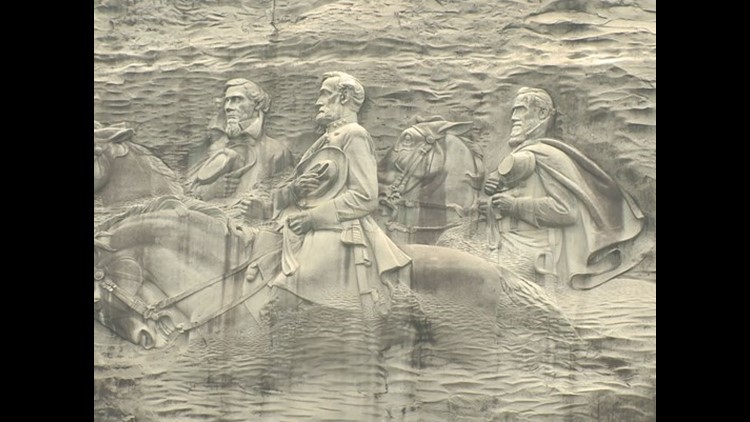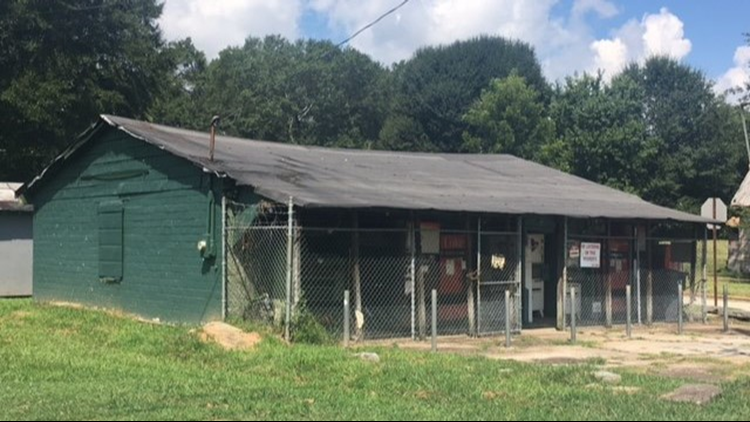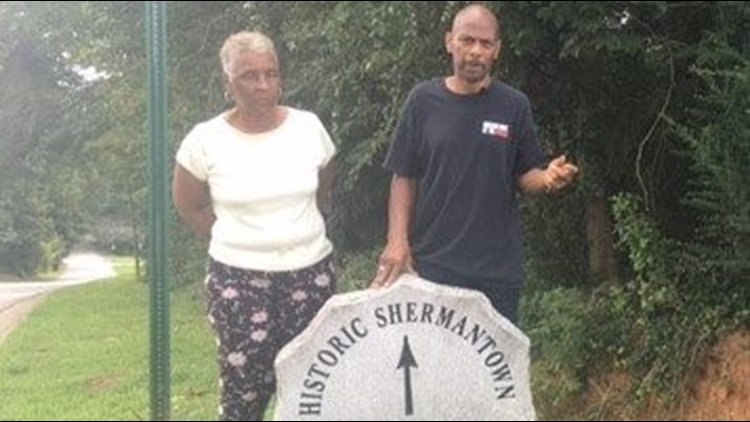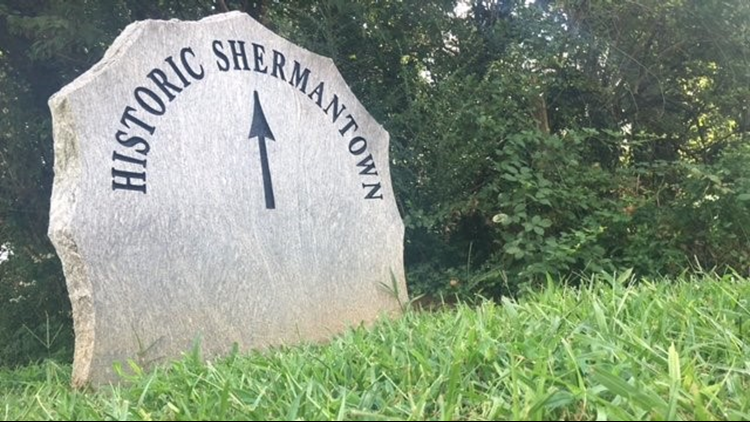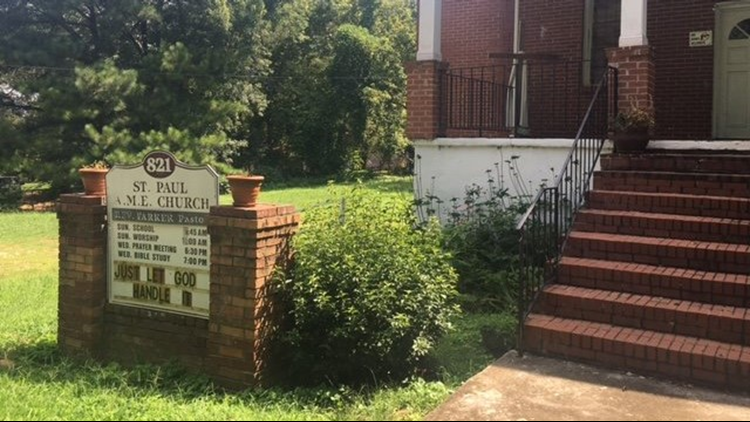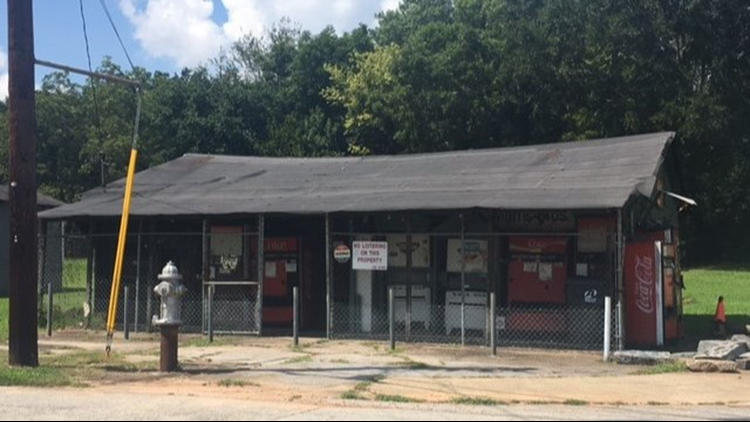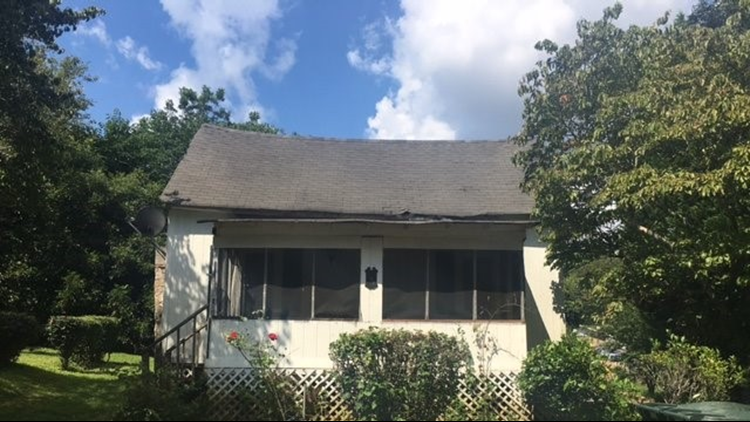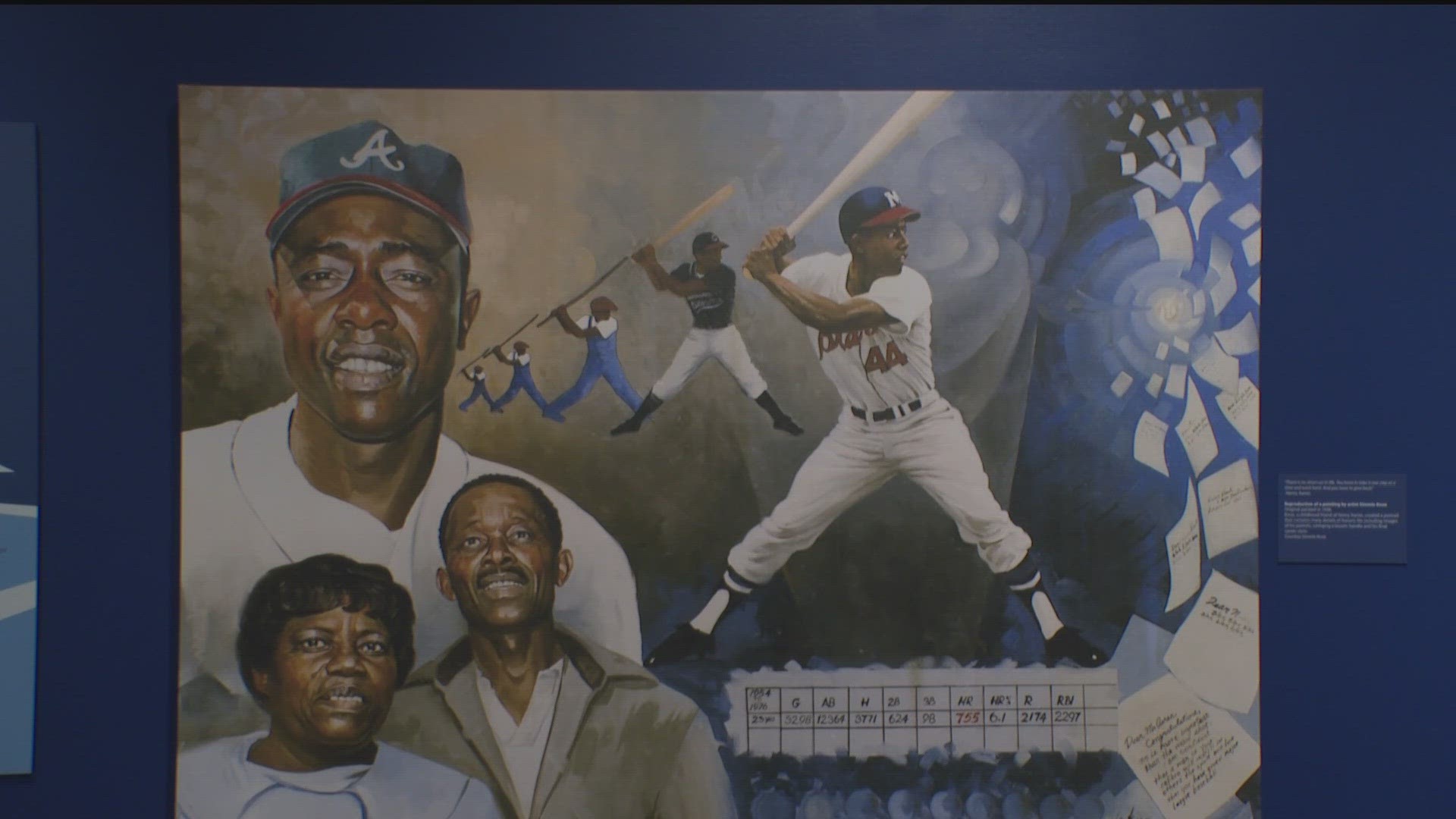SHERMANTOWN, Ga. – Gloria Ellis was born in 1944 in Shermantown, Ga. during a time when her race was heavily segregated from nearby white communities. And with all the nearby chatter debating Confederate monuments, namely the one etched into the side of Stone Mountain, she said the focus needs to shift to her neighborhood.
Long-term residents who grew up in the ’40s, ’50s and ’60s said that they haven’t seen a renovation since the 1960s -- a time when Ellis said Shermantown was a Stone Mountain neighborhood that housed the city's African-American residents during times of segregation in the South.
“Oh, it was rough. There was a time they didn't like black girls up town in shorts,” Ellis said.
And not much, to her, has changed.
“It's still Jim Crow here,” she said, referring to laws that enforced racial segregation in the South.
In fact, she said her uncle was beaten by a Klansman. But aside from changing the perception people have of African-Americans, she said their town also needs a change in scenery.
“We need a lot of things fixed up here in Shermantown,” she said. "They could come over here and help these people that cannot fix up or paint their houses."
To her, it’s about preservation -- and not forgetting about them or their neighborhood.
“This is the history here. These are the people that lived here and were raised here and went to school here,” she said.
PHOTO | Shermantown: Saving history more important than monument debate
Mary Beth Reed, a historian with New South Associates which specializes in cultural resources, said Shermantown was a product of the post-Civil War era.
A hidden jewel tucked behind Stone Mountain, Shermantown is situated in the shadow of tourism and, most recently, arguments regarding race and history.
Gloria Brown has spent her entire life in Shermantown and described the community drenched with black history and Ku Klux Klan encounters. She said she fears its rich history is slowly fading away.
“It pains me because there’s so many people that move here and never heard it called Shermantown,” Brown said.
Shermantown doesn’t pop up on a GPS. Only two signs serve as a reminder of the historic African-American neighborhood.
Calvin Hall-Benifield said that he always hoped for better days growing up there.
“America didn’t see me that way, but I always felt equal,” he said.
He grew up watching Ku Klux Klan members drive through Shermantown, heading towards the top of Stone Mountain for cross burning ceremonies.
“They had their masks on," Hall-Benifield said. "When they come down from their meetings, they [said] all kinds of racial things."
According to historians, the Ku Klux Klan had a revival in the early 1900s atop Stone Mountain. For decades, Shermantown had a front row seat to watch their rituals.
Brown recalled seeing it from her front porch.
“They burned a huge cross. You could see it from miles away,” Brown said.
Reed said she believes some of its history is only living on through oral retellings.
“We have to start looking at these threads to get a better sense of history here,” she said.
Long-time residents are urging for Shermantown’s history to be preserved immediately before it’s forgotten.
Stone Mountain City Council told 11Alive that residents are invited to their meetings, but they have not attended to express their concerns. Furthermore, many dilapidated properties are private, giving them little access to renovate. But, they said that they are dedicated to keeping the history and visual landscape intact.


